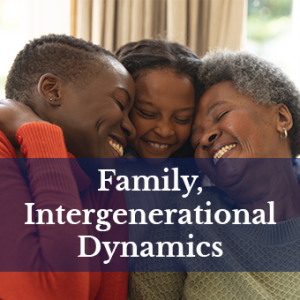
Adapting Bura-Janko (Honouring Aging) Celebrations to Strengthen Family and Community Bonds: Insights for Policymakers and Practitioners
Presenter(s):
Hom Shrestha, York University, Canada
Abstract
Aging celebrations offer a unique opportunity to holistically foster physical, mental, spiritual, and emotional wellness and active wisdom among older adults on this planet. The Mather Institute globally recognized the Bura Janko (honouring old age) celebration in Nepal and the United States as an adaptation of an ancient ritual to celebrate residents’ aging in North America. The celebration received honourable mentions in the Mather Institute’s Promising Practices Awards in 2020, which are reshaping the aging services industry worldwide. Bura Janko’s ancient traditions foster intergenerational solidarity, transforming elder care into collective celebration. By honouring unity and wisdom, it strengthens family and community bonds, promoting holistic well-being across ages. The Bura Janko-style celebration demonstrates a strong correlation with psychological-social-spiritual well-being, community involvement, community networks, and social and cultural inclusions and harmonies. A YouTube video introduced the Bura Janko celebration, featuring a live dance performance among a circle of residents in Toronto daycare centres, including Baycrest, as a recreational therapeutic event from 2014 to 2016. This presentation will describe the adaptation of the Bura Janko celebration in daycare programs at adult daycare centres and community care centres for older adults living with and without dementia in their community and family to improve their quality of life and dignified aging life. These centres can regularly celebrate this event in March, June, September (Alzheimer’s Month), and December each year, with a focus on clients at ages considered special in the Newari culture in Nepal, South Asia (e.g., 77 years, 7 months, 7 days, and 7 hours; 1000 full moon days; 88 years, 8 months, 8 days, and 8 hours; 99 years, 9 months, 9 days, and 9 hours; and 108 years, 8 months, 8 days, and 8 hours), while also adapting it to fit and be suitable to the local community and societal and cultural diversity. The celebration includes a senior fashion and talent show, storytelling, a food festival, music, and a dance party with family, friends, and staff, as well as a community and intergenerational parade. All older adult clients can be honoured in a single parade, culminating in a procession with decorated palanquins, three-wheeled bicycles, or carts carrying honorary celebrant clients and their spouse caregivers. The parade could take place within the community while extending invitations to community leaders, students, and faculty at universities with the aim of fostering intergenerational harmony. Media coverage, support, and sponsorships could help cover the costs of food and entertainment at the event. While this approach is thought to have positive effects on daycare programs and local adult community care clients and caregivers, research is needed to systematically evaluate these effects, thereby guiding policymakers and practice settings to modify policies and practices in diverse aging populations and communities as well. The public policy dialogue, advocacy, and academic debate about the potential adaptation of Bura Janko-style celebrations are crucial for the promotion of an aging-friendly community globally. The focus is on equity, diversity, inclusivity, reciprocity, and replicability in promoting quality of life through family and community care with dignity.
